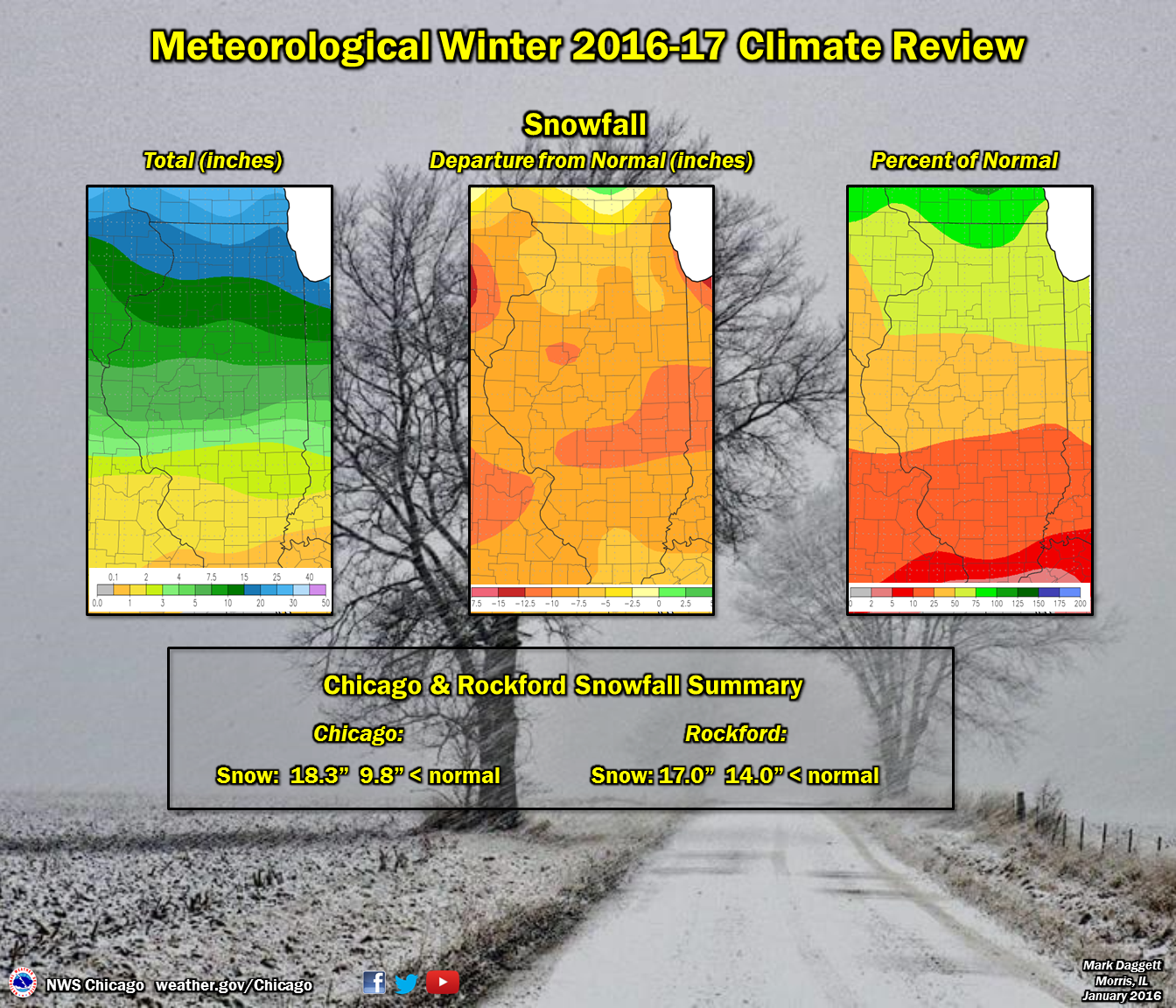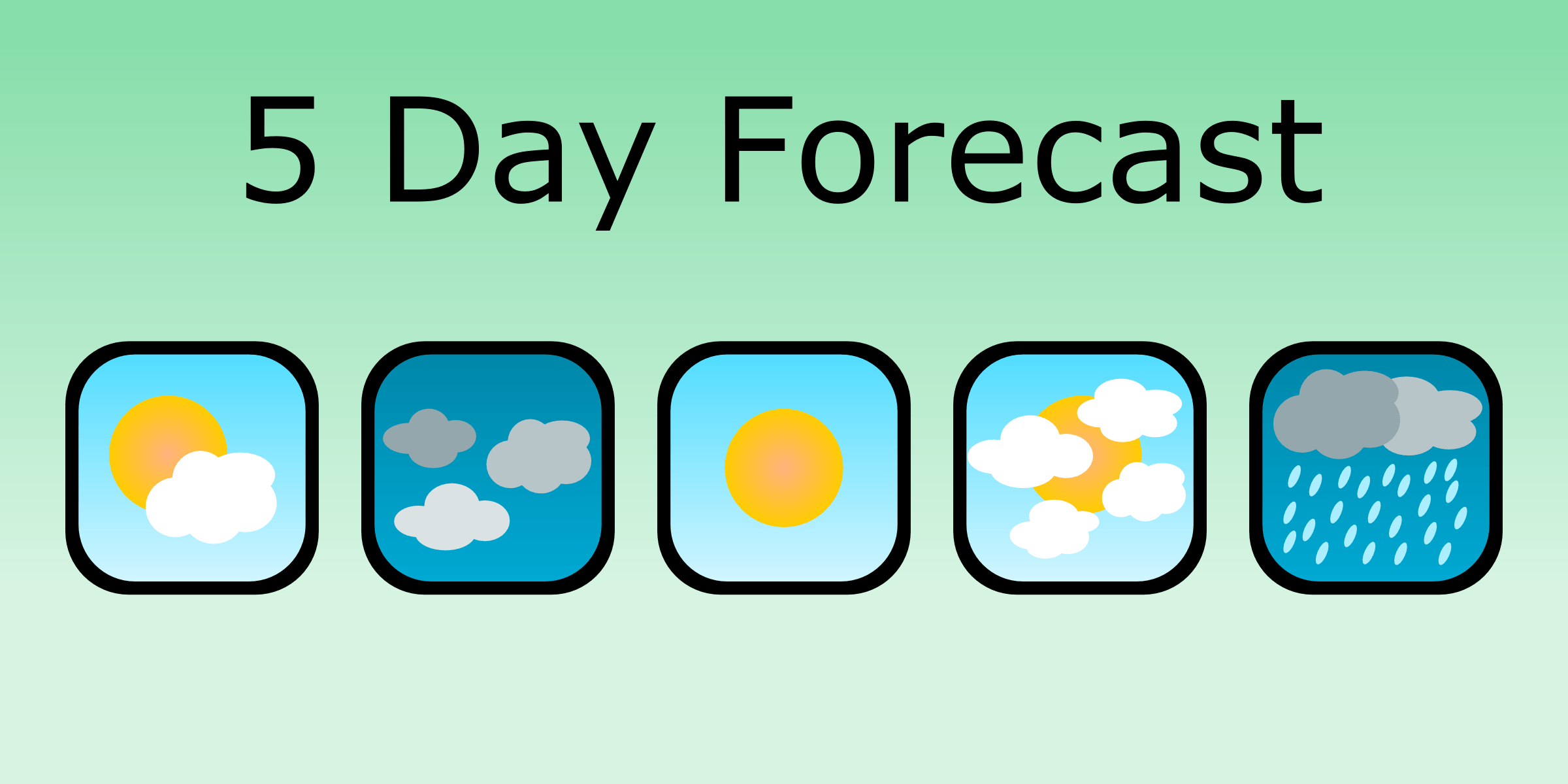After analyzing various sources and gathering all the necessary information, we have put together this Kathmandu Weather: Current Conditions, Forecasts, And Climate Information guide to help you make the right decision.
| Real-time | Up to 10 days | Long-term averages |
| Temperature, humidity, wind, precipitation | Temperature, precipitation, cloud cover, wind | Average temperature, precipitation, sunshine hours |
| Planning for the day | Planning for the upcoming days | Understanding long-term weather patterns |
FAQ
This section provides answers to frequently asked questions regarding Kathmandu's weather, climate, and forecasts. It is essential to consult accurate and up-to-date sources for the latest weather information.

Climatology Maps - Source www.weather.gov
Question 1: What are the average temperature ranges in Kathmandu throughout the year?
The average temperature ranges vary depending on the season. During the winter months (December-February), temperatures typically range between 2°C (36°F) and 15°C (59°F). In the spring (March-May), temperatures gradually rise, ranging from 10°C (50°F) to 25°C (77°F). The summer months (June-August) experience the warmest temperatures, with an average range of 15°C (59°F) to 30°C (86°F). Autumn (September-November) brings a decline in temperatures, ranging from 5°C (41°F) to 20°C (68°F).
Question 2: What are the typical rainfall patterns in Kathmandu?
Kathmandu experiences distinct rainfall patterns throughout the year. The monsoon season, lasting from June to September, brings heavy rainfall to the region. During this period, it is not uncommon to experience daily showers or thunderstorms. The winter months (December-February) are generally dry, with occasional light snowfall. Spring and autumn witness moderate rainfall, with occasional showers or drizzle.
Question 3: How accurate are weather forecasts for Kathmandu?
Weather forecasting in Kathmandu, like anywhere else, has limitations. While modern forecasting techniques have improved accuracy, it is important to note that forecasts can change, especially for longer-range predictions. Short-term forecasts (up to a few days) tend to be more reliable than extended forecasts (over a week). Consulting multiple sources and staying informed about the latest updates is recommended.
Question 4: What are the best resources for up-to-date weather information on Kathmandu?
Several reputable sources provide up-to-date weather information on Kathmandu. The Nepal Department of Hydrology and Meteorology (DHM) is the official government agency responsible for weather forecasting and meteorological data collection. Other reliable sources include the Meteorological Forecasting Division (MFD) and international weather websites such as AccuWeather and The Weather Channel.
Question 5: How can I prepare for extreme weather events in Kathmandu?
Extreme weather events, such as heavy rainfall, thunderstorms, and hailstorms, can occur in Kathmandu. To prepare for these events, it is advisable to stay informed about weather forecasts and warnings. If heavy rainfall is predicted, avoid areas prone to flooding or landslides. During thunderstorms, seek shelter indoors and avoid contact with water or metal objects. Hailstorms can cause damage to property and vehicles, so it is best to secure loose items and park vehicles in sheltered areas.
Question 6: How does air pollution affect weather conditions in Kathmandu?
Air pollution is a significant issue in Kathmandu, and it can impact weather conditions. High levels of particulate matter (PM) and other pollutants can reduce visibility and contribute to haze or smog. Air pollution can also affect cloud formation and precipitation patterns, leading to changes in rainfall and snowfall. The government and environmental organizations are working to address air pollution through various initiatives and regulations.
In conclusion, understanding Kathmandu's weather patterns and staying informed about current conditions is crucial for planning activities and ensuring safety. By accessing reliable weather forecasts and being prepared for potential extreme events, individuals can minimize any inconvenience or risk associated with the weather.
For further information on Kathmandu's weather and climate, refer to the relevant sections of this article.
Tips for Discovering Kathmandu's Weather
Obtain accurate weather conditions for Kathmandu by visiting Kathmandu Weather: Current Conditions, Forecasts, And Climate Information to plan your visit effectively. This comprehensive resource provides up-to-date weather data, detailed forecasts, and historical climate patterns.
Tip 1: Check Live Conditions
Before venturing outdoors, refer to the live weather feed to monitor the current temperature, humidity, wind speed, and precipitation levels. This real-time information helps you prepare for appropriate clothing and activities.
Tip 2: Utilize Weather Forecasts
Plan your itinerary based on short- and long-term weather forecasts. Study the hourly, daily, and weekly forecasts to anticipate changes in weather patterns and avoid potential disruptions. This foresight allows you to make informed decisions about outdoor excursions and indoor alternatives.
Tip 3: Understand Climate Patterns
Gain insights into Kathmandu's distinct climate seasons by reviewing monthly and annual climate patterns. This knowledge aids in packing for appropriate weather conditions and anticipating seasonal changes that impact activities and attractions.
Tip 4: Choose the Optimal Time to Visit
To ensure the best weather conditions, visit Kathmandu during the spring or autumn seasons when the climate is generally mild and pleasant. These seasons provide ideal opportunities for sightseeing, trekking, and other outdoor activities.
Tip 5: Stay Informed with Alerts
Sign up for weather alerts or subscribe to reputable weather apps to receive timely notifications of any significant weather changes, such as heavy rainfall or extreme temperatures. This preparedness ensures your safety and allows you to adjust your plans accordingly.
Summary
By following these tips, travelers can gain a comprehensive understanding of Kathmandu's weather patterns. This knowledge empowers them to make well-informed decisions, maximize their enjoyment, and stay safe during their visit to this captivating city.
Kathmandu Weather: Current Conditions, Forecasts, And Climate Information
Understanding the weather conditions and patterns in Kathmandu is crucial for planning activities, ensuring safety, and managing daily life. This information encompasses various aspects, including current weather, forecasts, and overall climate patterns.

Climatology Maps - Source www.weather.gov
- Temperature: Kathmandu experiences moderate temperatures year-round, with average highs ranging from 20°C to 28°C (68°F to 82°F) and lows between 10°C to 17°C (50°F to 63°F).
- Precipitation: The city receives significant rainfall during the monsoon season (June to September), averaging around 150 mm (6 inches) per month. The rest of the year remains relatively dry, with occasional light showers.
- Humidity: Humidity levels in Kathmandu can vary greatly depending on the time of year and weather conditions. During the monsoon season, humidity often reaches 90%, while it can drop to as low as 30% during the drier months.
- Wind: Generally, winds in Kathmandu are light to moderate, with average speeds ranging from 5 to 10 km/h (3 to 6 mph). However, strong winds may occur during thunderstorms or storms.
- UV Index: Kathmandu's UV index can be high, especially during the summer months. It is essential to protect from harmful UV radiation by wearing appropriate clothing, sunglasses, and sunscreen.
- Air Quality: Air pollution is a growing concern in Kathmandu, particularly during the winter months when particulate matter and other pollutants accumulate in the air. It is important to monitor air quality and take necessary precautions to protect health.
These key aspects provide a comprehensive overview of Kathmandu's weather conditions and climate information. Knowing about these aspects helps individuals plan outdoor activities, prepare for weather-related events, and make informed decisions to adapt to the local climate patterns.

Winter and February 2017 Climate Summary: Top 5 Warmest February in - Source www.weather.gov
Kathmandu Weather: Current Conditions, Forecasts, And Climate Information
Information on Kathmandu's present weather conditions, forecasts, and climate is crucial for several reasons. Firstly, it enables people to prepare for their daily activities by knowing what to expect in terms of temperature, humidity, wind speed, and precipitation. This information can help them decide on appropriate clothing, transportation modes, and outdoor plans.

How to Display Five Day Forecasts in our Weather App - HangZone - Source hangzone.com
Secondly, weather forecasts provide valuable insights for agricultural activities. Farmers can adjust their planting and harvesting schedules, irrigation plans, and livestock management based on weather predictions. This knowledge aids in mitigating the impact of adverse weather conditions and optimizing crop yields.
Thirdly, climate information is essential for long-term planning and decision-making. By understanding the patterns and trends of Kathmandu's climate, policymakers, urban planners, and businesses can make informed decisions regarding infrastructure development, disaster management, and resource allocation. This information helps in adapting to changing climate conditions and building resilient communities.
Moreover, real-time weather updates play a crucial role in public safety. Early warnings about severe weather events such as storms, heavy rainfall, and heatwaves enable timely evacuations and emergency responses. This information can save lives, protect property, and minimize disruptions to essential services.
